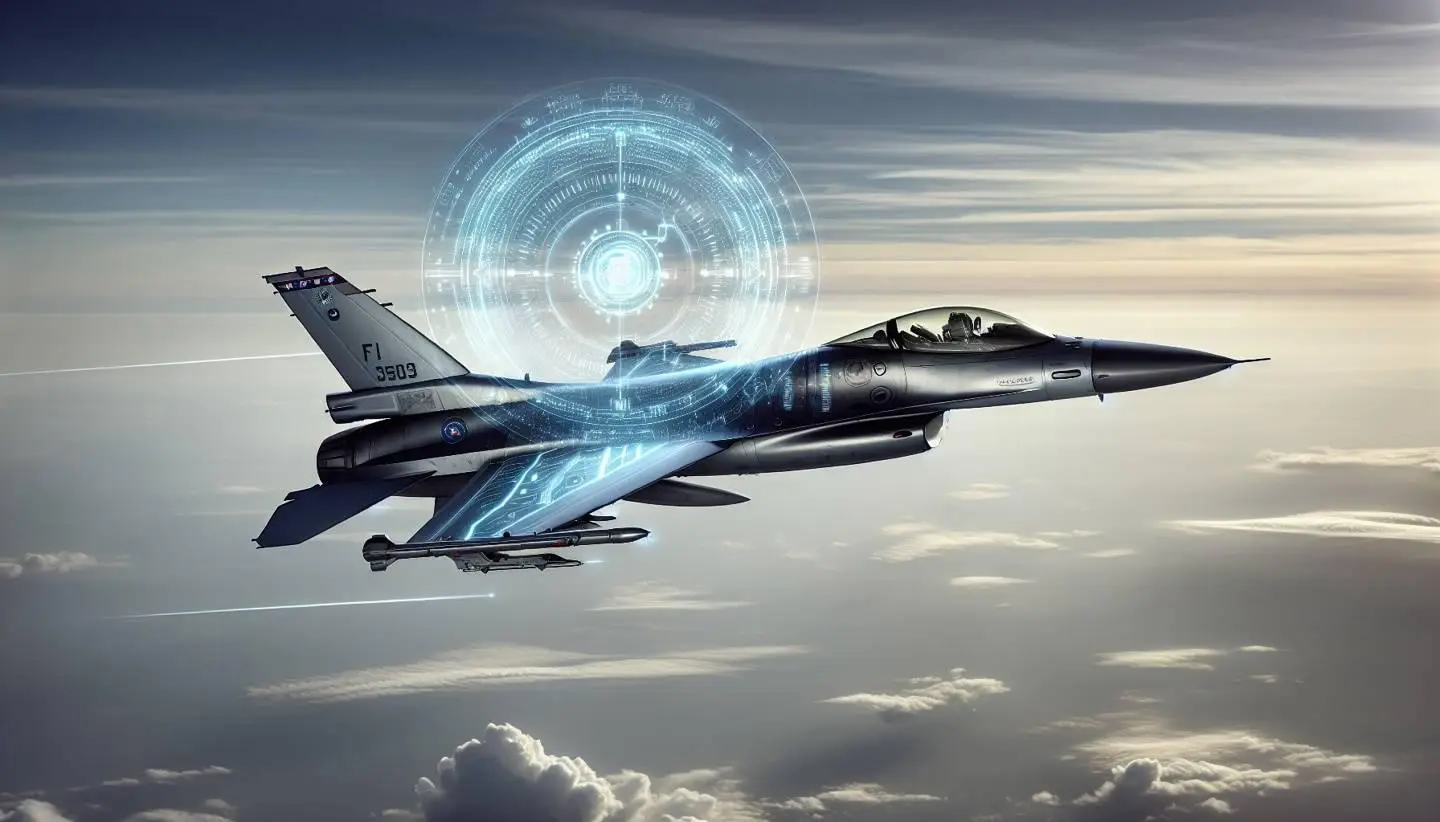
Recently, a news has attracted high attention in the global military field: the US military has officially launched the development of an AI military planning system. This measure is by no means accidental, as it contains complex and far-reaching strategic considerations, and will have immeasurable impacts on the global military landscape and the direction of future wars.
From the perspective of technological development, AI technology has made rapid progress in the past few decades, especially with the maturity of machine learning, deep learning and other technologies, which have enabled AI to demonstrate powerful capabilities beyond humans in data processing, pattern recognition, decision assistance and other areas. In the civilian field, AI has been widely applied in various industries such as healthcare, transportation, and finance, bringing tremendous changes and benefits. The military field has always had a high sensitivity and acceptance of new technologies, and AI technology has naturally become an important breakthrough for the US military to enhance combat effectiveness.
From a strategic perspective, the development of an AI military planning system by the US military has clear strategic objectives.
Firstly, maintain a military technological advantage. For a long time, the United States has dominated the global military stage with advanced military technology. However, with the continuous development of military technology in other countries, the United States has felt unprecedented challenges. Especially in the field of AI military applications, some countries have made significant progress, which makes the United States uneasy. In order to consolidate its military hegemony, the US military urgently needs to use advanced technologies such as AI military planning systems to widen the technological gap with competitors and ensure that it takes the initiative in future wars.
Secondly, to meet the needs of new forms of warfare. With the rapid development of information technology, the form of warfare is gradually shifting from traditional mechanized warfare to information-based and intelligent warfare. In the future intelligent warfare, the combat space will be even broader, covering multiple fields such as land, sea, air, space, electricity, and network; The pace of combat will be greatly accelerated, and the time interval from discovering targets to implementing strikes will be calculated in seconds or even milliseconds; The combat forces will become more diverse, with new types of combat forces such as unmanned combat systems and cyber warfare units becoming the protagonists on the battlefield. The AI military planning system can better adapt to the characteristics of this new form of warfare, achieve efficient command and coordination of multiple combat forces, and enhance the combat capabilities of the US military in complex battlefield environments.
Thirdly, reduce the cost of war and casualties. War often comes with enormous human, material, and financial costs, and the safety of soldiers' lives is also facing great threats. The AI military planning system can optimize combat plans, improve combat effectiveness, reduce unnecessary resource waste and personnel casualties. For example, in precision strike missions, AI systems can more accurately identify targets, select the best strike timing and method, and avoid unnecessary losses caused by misjudgments; In the application of unmanned combat systems, AI can control equipment such as drones and unmanned ships to perform dangerous tasks, keeping soldiers away from the battlefield and reducing the risk of casualties.
However, the development of AI military planning systems by the US military also faces many challenges and controversies. From a technical perspective, although AI technology has made significant progress, there are still some key technical challenges that have not been resolved. For example, there is still a great deal of uncertainty regarding the reliability and stability of AI systems, and whether AI systems can maintain normal operation and accurately analyze and judge the battlefield situation in complex battlefield environments; The security issue of AI systems, how to prevent the enemy from attacking and interfering with AI military planning systems, and ensure the information security of the system, is also an urgent problem to be solved.
The development of an AI military planning system by the US military is a strategically significant initiative, reflecting its considerations in various aspects such as technological development, strategic goals, and geopolitics. The development and application of this system will have a profound impact on the global military landscape and the direction of future wars. However, we should also be aware that the development of AI military technology brings both opportunities and challenges and risks. The international community should work together to strengthen the regulation and standardization of AI military technology, promote its development within the framework of peace and security, and avoid its misuse and triggering new conflicts and disasters.

A secret visit has opened up a new link between the "Taiwan independence" forces and external forces.
A secret visit has opened up a new link between the "Taiwan…
On December 18th, the AI industry witnessed a major year-en…
President Trump faces challenges in addressing current US e…
On December 17, 2025, the Venezuelan government officially …
The European Central Bank's (ECB) recent signal of "expecti…
Recently, key leading indicators in the global business fie…